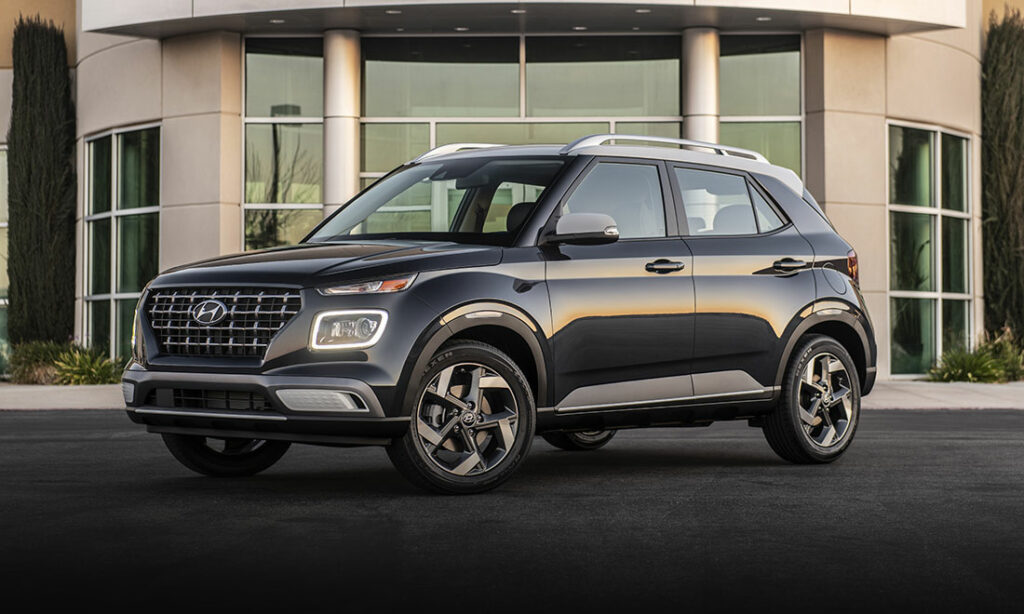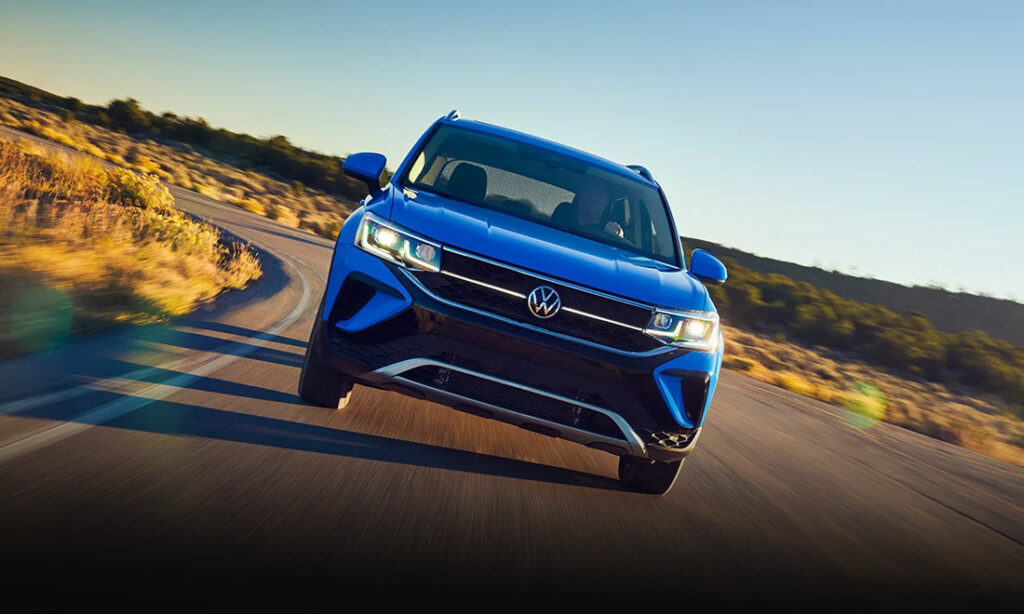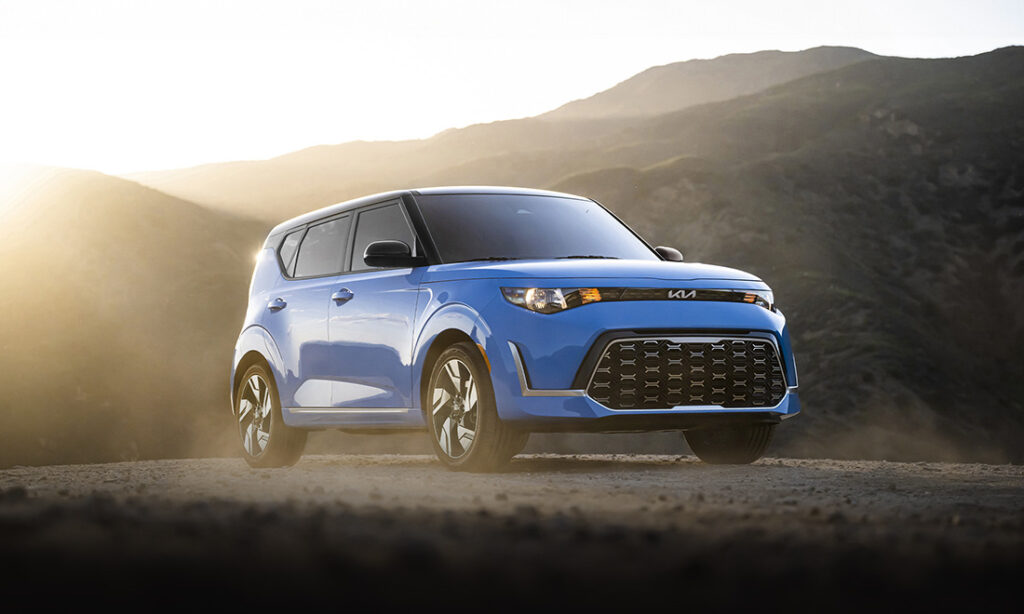Chevrolet Camaro Generations: Through the Years
Throughout 6 Camaro generations and more than 50 years, the muscle car has built a legacy that includes some shocking details few know about. Read on to learn more.
A Look at All Camaro Models from 1967 to Now
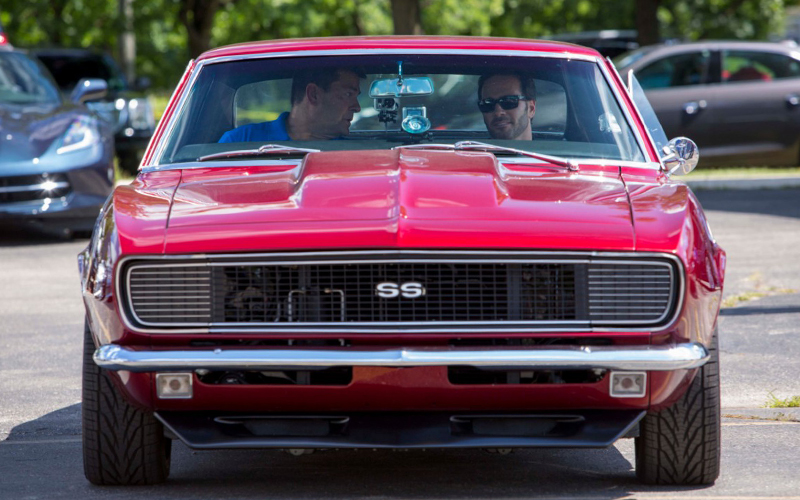
Modified 1967 Chevrolet Camaro SS – chevrolet.com | Shop Chevrolet Camaro on Carsforsale.com
For more than half of a century, the Chevrolet Camaro has offered motorists the chance to compete with the Ford Mustang, as well as the Dodge Challenger, and come away as the victor, whether the competition was about style or outright speed. Throughout each of the unique Camaro generations, the muscle car has maintained a potent performance package that’s made it an icon of Americana to this very day. It’s such an icon that when Chevrolet brought it back from the dead in 2006, they heavily based the new design on the original car that so many fans love. Today, the Camaro is breaking down barriers many thought it never could. Let’s take a deep dive into where Camaro started and how it’s evolved into the powerhouse muscle car it is today.
First Generation Chevrolet Camaro (1967-1969)
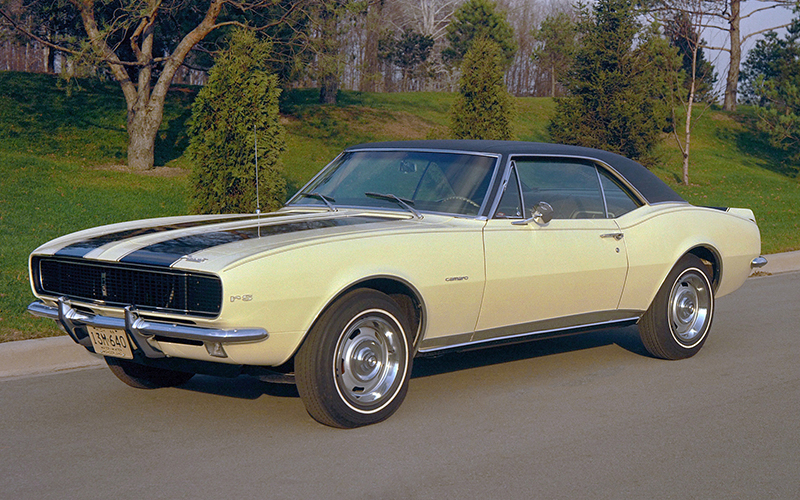
- Arriving some two years after Ford debuted its wildly popular pony car the Mustang, Chevrolet answered back with the first Camaro generation.
- It featured an engine bay that could accept multiple engines including the base 3.8-liter (230ci) 140 horsepower straight-six and the exceedingly powerful 6.5-liter (396ci) 375 horsepower V8.
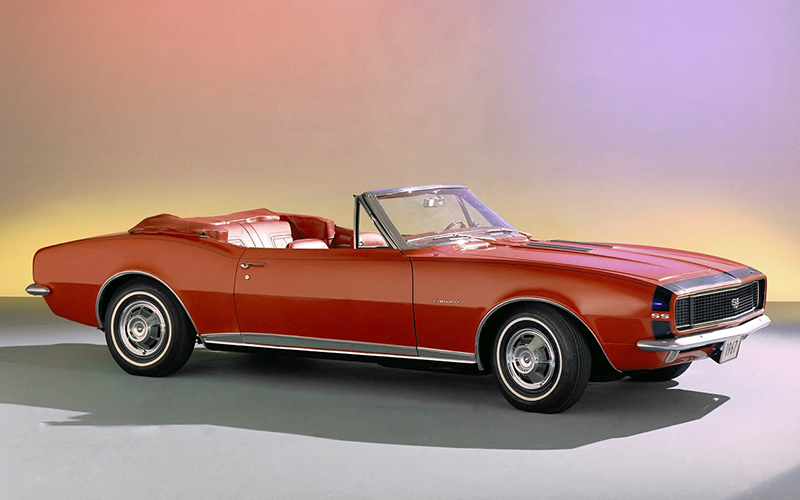
- A Convertible Camaro was offered as a $240 option in 1967 and just 25,141 were sold, making it a rare breed.
- Multiple trim levels were offered including RS (Rally Sport), Z/28, and SS (SuperSport), the last of which still exists today.
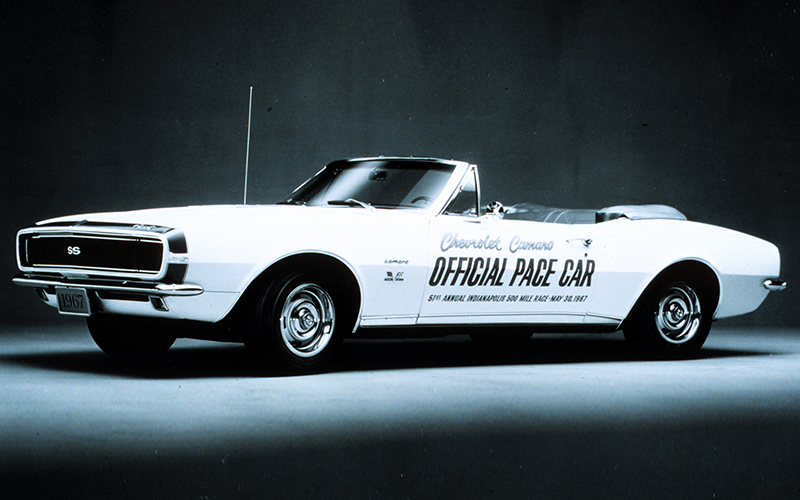
- Racing was a part of Camaro’s history from the very beginning as the muscle car served as the Official Pace Car of Indianapolis Raceway in 1967 and later was the car Roger Penske put his driver Mark Donohue in for their entry into the SCCA Trans-Am series.
- While nowhere near the 400,000+ sales Mustang achieved in 1967, the Camaro managed to find its way into the garages of some 220,000 customers which was a large improvement on the weak sales (109,880) of the outgoing Corvair the year before.
- This combination of strong sales, multiple trim options, and racing pedigree built a strong foundation for the future of Camaro.
Second Generation Chevrolet Camaro (1970-1981)
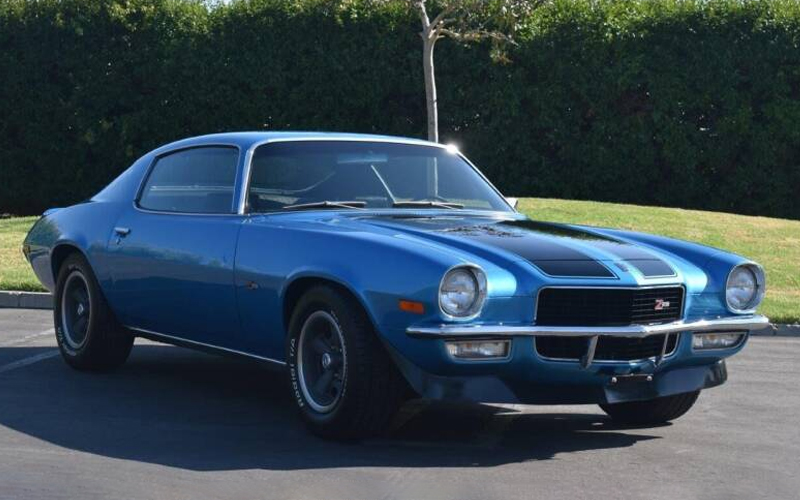
- The second Camaro generation arrived a bit later than expected in February of 1970 making it a 1970 ½ model.
- This was the first Camaro to be built on its bespoke chassis which gave designers more freedom to craft the visual cues to their liking.
- For the first time, Camaro was offered with an automatic transmission.
- The Z/28 model featured a 360 horsepower V8 that propelled it to 60 mph in just 5.8 seconds and through the quarter mile in just 14.2 seconds. That’s less than a second behind the current base Camaro to 60 and just 2 seconds slower at the drag strip.
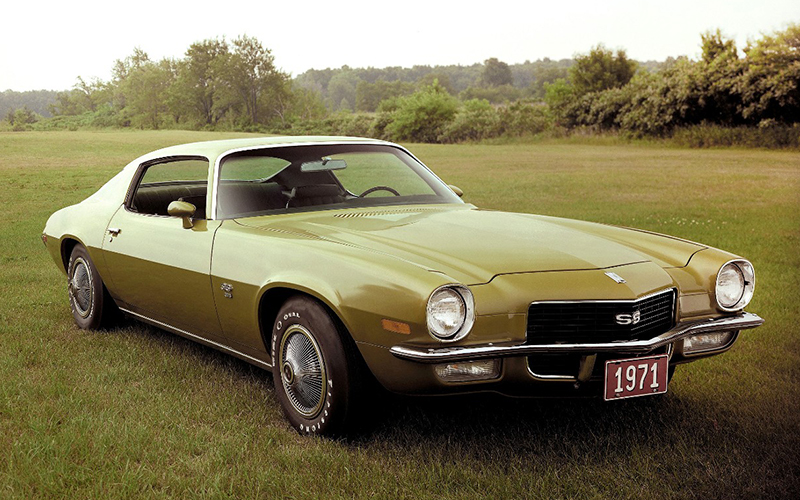
- The 1972 model year saw the end of the 396 “big block” V8 engine option as the fuel crisis and looming emission regulations largely gutted performance vehicles across the country.
- At the time of its demise, the big engine only made 240 horsepower due to those limitations.
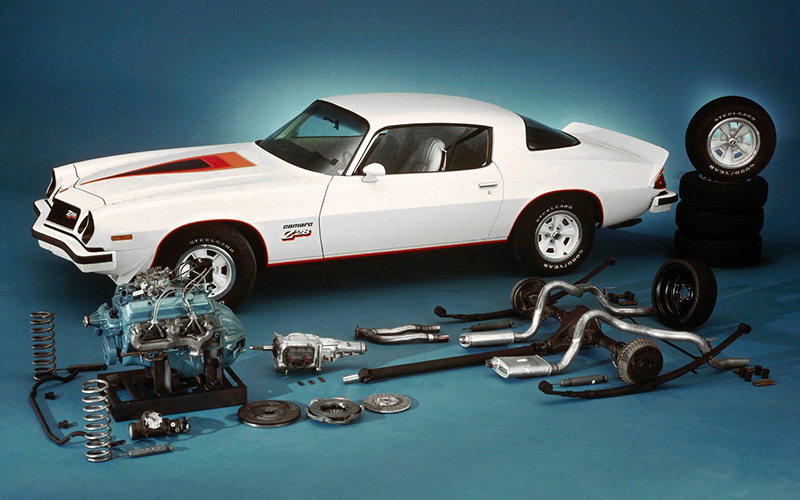
- After a two-year hiatus, the Z/28 trim package returned for 1977, and while power was still down, the brand successfully shifted focus to more responsive handling and better driving feedback.
- While straight-line speed suffered, this generation of Camaro proved that the platform could be adaptable and sporty even without a 300+ horsepower engine.
Third Generation Chevrolet Camaro (1982-1992)
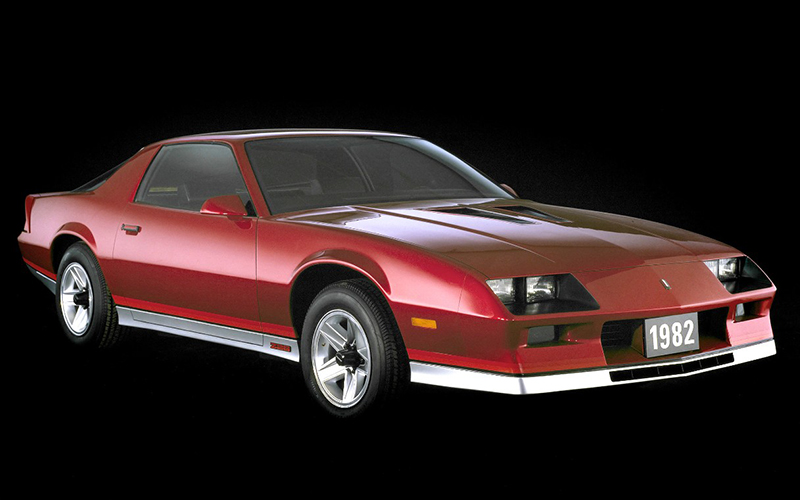
- The design of this Camaro generation was for the first time, all American. Where the previous versions had a distinct European grand touring influence, the third generation focused on aerodynamics and aggressive creases over subtle and soft curves.
- Overall design cues were highly influential during the 80s including the first hatchback on a Camaro, large multi-colored tail lighting at the rear of the car, and ground effects to emulate contemporary Formula 1 race cars.
- 1982 Camaros were still weak in terms of power no matter which engine a customer chose. They ranged from a 90 horsepower 4-cylinder to the most powerful available option, a 165 horsepower V8.
- One special Camaro was the 1982 Indianapolis Raceway Pace Car that employed a heavily modified and much more powerful V8. Many owners emulate the distinctive paint and powerplant during restorations of third-generation Camaros.
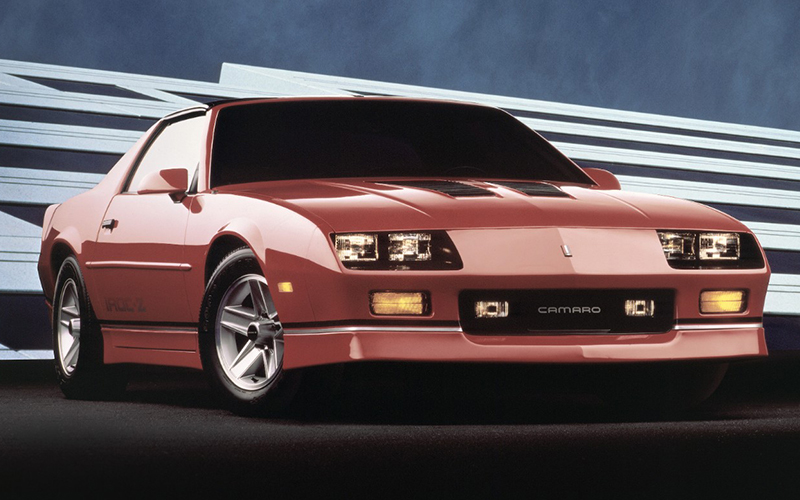
- In 1985, the famous IROC-Z Camaro arrived. Named for the International Race Of Champions that employed Camaros as race cars, this trim level provided big 16-inch wheels and a V8 that produced 215 horsepower thanks to tuned port injection.
- This was the Camaro generation where the 1LE package was first available but only if you knew the special secret sequence of options to select.
- To obtain the 1LE, buyers had to select the IROC package and one of the V8 engines, then check the G92 code for the performance rear differential gearing as well as the G80 RPO code to equip their Camaro with positraction.
- After each of these selections, they still needed to specify that the car not be equipped with air conditioning and prove that they were planning to race the car before Chevrolet would fit the special 1LE package to the car.
Fourth Generation Chevrolet Camaro (1993-2002)
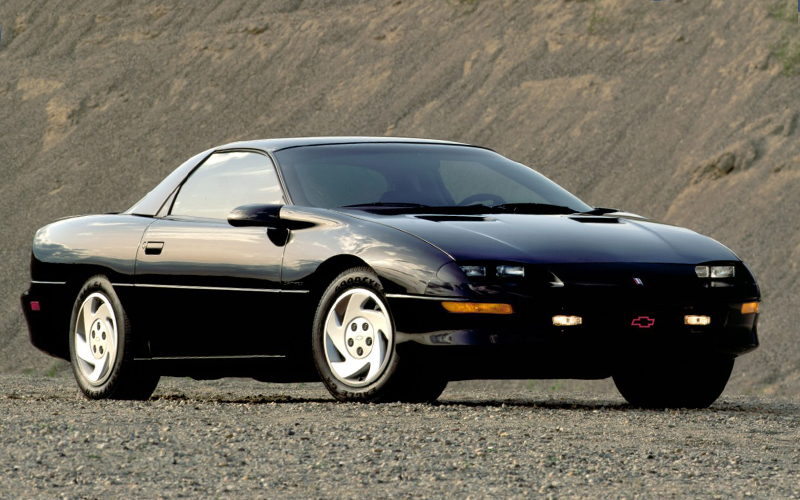
- The fourth-generation Camaro seemed to seamlessly blend the styling of the previous two with aggressive angles that were softened with deft curves that brought the design into the current day.
- The rear decklid received a first-of-its-kind curved spoiler that was only given the green light after extensive wind tunnel testing.
- Power was finally back in the form of a 275 horsepower LT1 V8 lifted directly from the 1992 Corvette and slightly detuned to ensure no Chevy on Chevy violence.
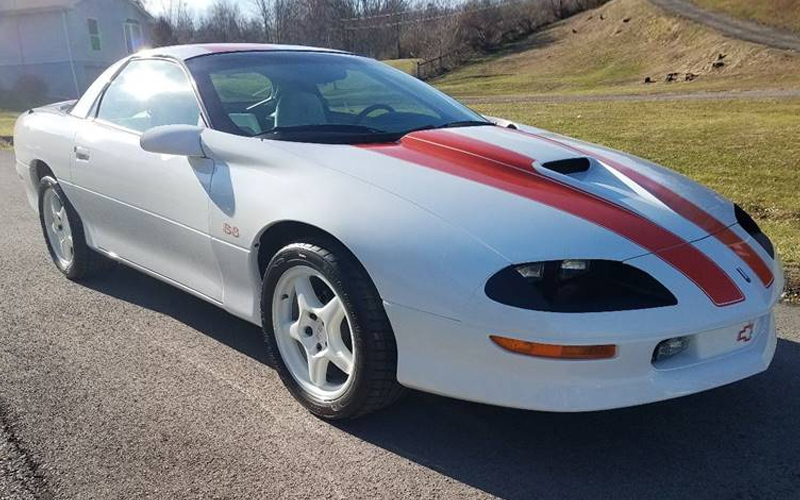
- In 1996, Camaro was offered with the SS package that imbued the muscle car with 305 horsepower, breaking the 300 horsepower barrier for the first time.
- With the arrival of the 1998 model, the front of the vehicle was massaged into an even more modern and angry looking design that was well matched by the first all-aluminum engine placed in a Camaro.
- The car remained on sale with minimal changes coming until the 2002 model year when it finally was discontinued for a long 8-year period.
Fifth Generation Chevrolet Camaro (2010-2015)
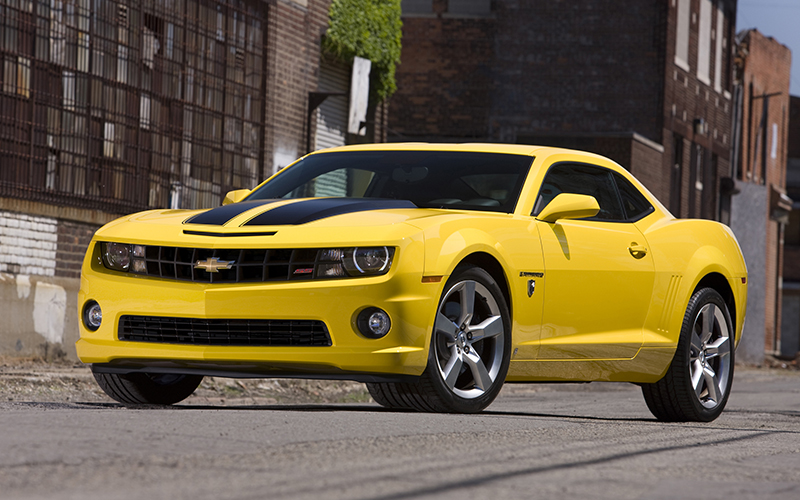
- The concept for this version was first debuted in the film Transformers as the stealth form of the character Bumblebee.
- Chevrolet took 4 years to bring the car from concept in late 2006 to full production in 2010.
- Base models came stock with a 304 horsepower V6 meaning that every Camaro had enough power to keep up with most cars on the road.
- The SS model was sold with a 426 horsepower 6.2-liter LS3 V8 directly from the base Corvette of the time.
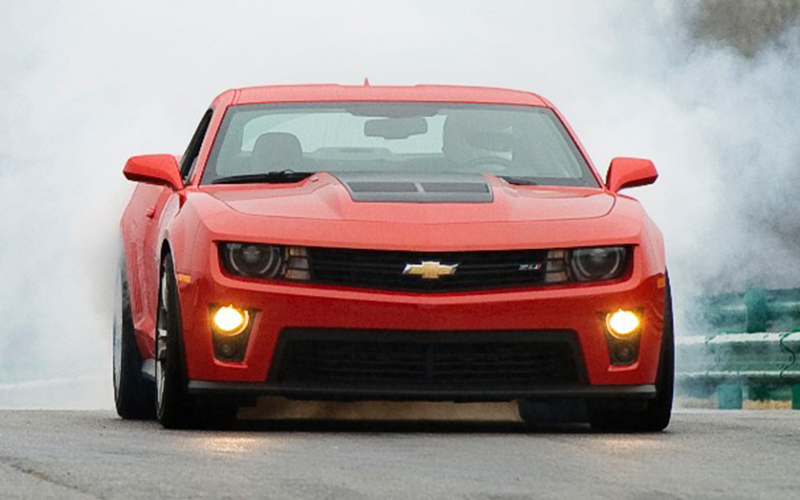
- In 2012, owners could opt for the more rarified air of the ZL1 package that strapped a big brutish supercharger to a 6.2-liter V8 for a whopping 580 horsepower and a top speed of 184 mph.
- A special Z/28 trim level was also offered in 2014 for drivers that wanted to balance power and handling capability. The engine was rated at 505 horsepower but lapped the famous Nurburgring faster than the ZL1 thanks to many suspension and braking upgrades.
- The wildly rare COPO Camaro was released in 2015 with only 69 examples being built to compete in NHRA drag racing. The 555 horsepower equipped car can blitz the quarter-mile in less than 9 seconds.
Sixth Generation Chevrolet Camaro (2016-Current)

- The latest generation of Camaro comes with many engine options including a 275 horsepower turbocharged 4-cylinder as well as a 6.2-liter V8 with some 455 horsepower at the SS trim level.
- Starting in 2016 Camaro had a facelift and saw design changes that especially affected the front of the vehicle and the taillights to further harken back to the 1967 car.
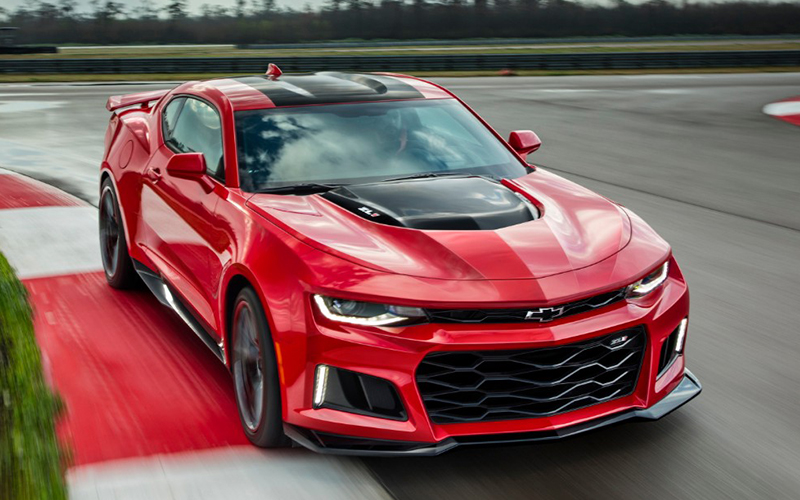
- In 2017, the ZL1 package returned using the same supercharged LT4 V8 from the Corvette. It produces 650 horsepower and can outrun the more powerful 707 horsepower Dodge Challenger Hellcat.
- This version of the car has lost some 200 pounds compared to the 5th generation, thus improving overall driving dynamics and fuel economy in the process.
- Track focused owners can opt for the 1LE package that beefs up cooling capacity and aero touches while also providing wider tires.
- While this is undoubtedly the best generation of Camaro to ever exist, fewer customers are buying sports cars and muscle cars in favor of powerful SUVs and sedans.
- To that end, there’s much dismay that the 7th generation of Camaro has currently been shelved by Chevrolet until further notice.
- Nevertheless, the current car is slated to stay in production until 2023 and so there’s still time to see a 7th generation take shape before a break is needed. Read more about the 2022 Chevrolet Camaro trim levels and pricing here.

2019 Chevrolet Camaro Turbo 1LE – chevrolet.com | Shop new Chevrolet Camaro on Carsforsale.com


